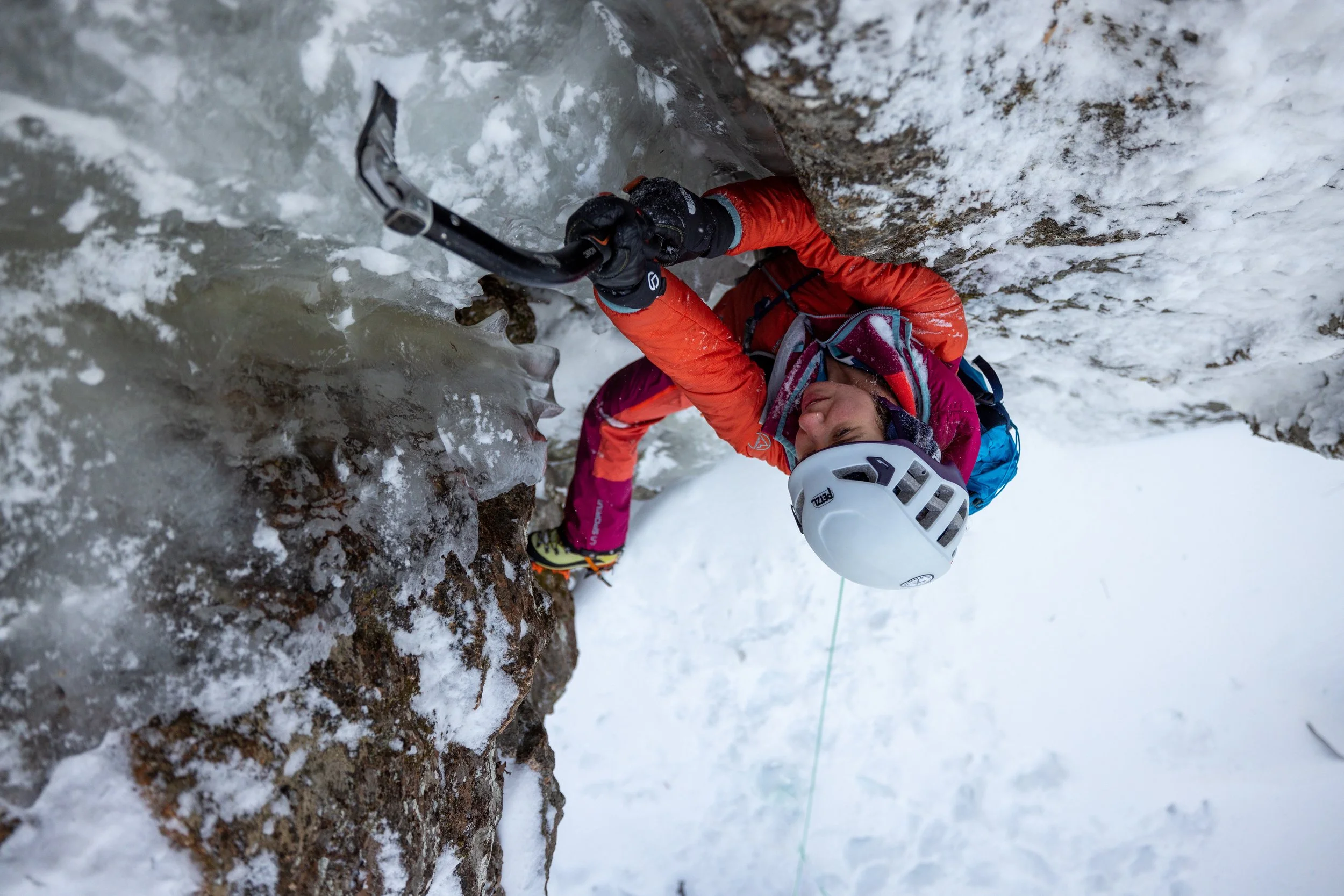Seeing all of the posting about Brad Gobright’s death and how we should “always put knots in the end of your rope” shows how people don’t understand climbing systems.
Brad was simul-rappeling. This comes at great risk; like free soloing. Brad did both. Both are fast, both are dangerous. I did not personally know Brad, from what I hear he was a thoughtful climber, especially with another person on the rope.
When you simul-rappel you have 2 chances for 2 people to die. One person lets go two people die; take that times two. You can mitigate all but one problem with simul-rappeling by using techniques like tethering to your partner, and putting knots in the end of the rope. But this takes a fair amount of time; so much so that you might as well pre-rig rappel and take even the one consideration most do not even factor in out; rope damage. When you simul-rap you are putting twice as much force on half as much rope and the likelihood to damage the rope goes way up.
So why do knots in the end take so much time. On the first rappel, its easy, you have both ends. On the second rappel when you go to feed your rope through and pull it from the anchor above, that end flies by. So now you have to pull it back up to time the knot in it. This is the time suck…
Now lets look at risk. Brad soloed. A lot… He was aware of the risks. He seemed to like it. He seemed to like moving fast. Moving fast by todays standards in the mountains usually takes great risk. When you go out and climb, you get in 4-10 pitches and are probably like; yea that was a good day. Brad is probably like “yea 30 pitches… should we go get lunch before we do more?” So we have time to back up rappels, tie knots in the end, and use a rope; the way he liked to recreate, he didn’t.
It is sad, he is gone. I wish he or his partner would have noticed the ends coming up. However, let’s use this time to celebrate the ways he inspired us all and save the “always tie knots in the end of your rope” for the American Alpine Club Rappel clinics.
Photo by Brett Protasiewicz






